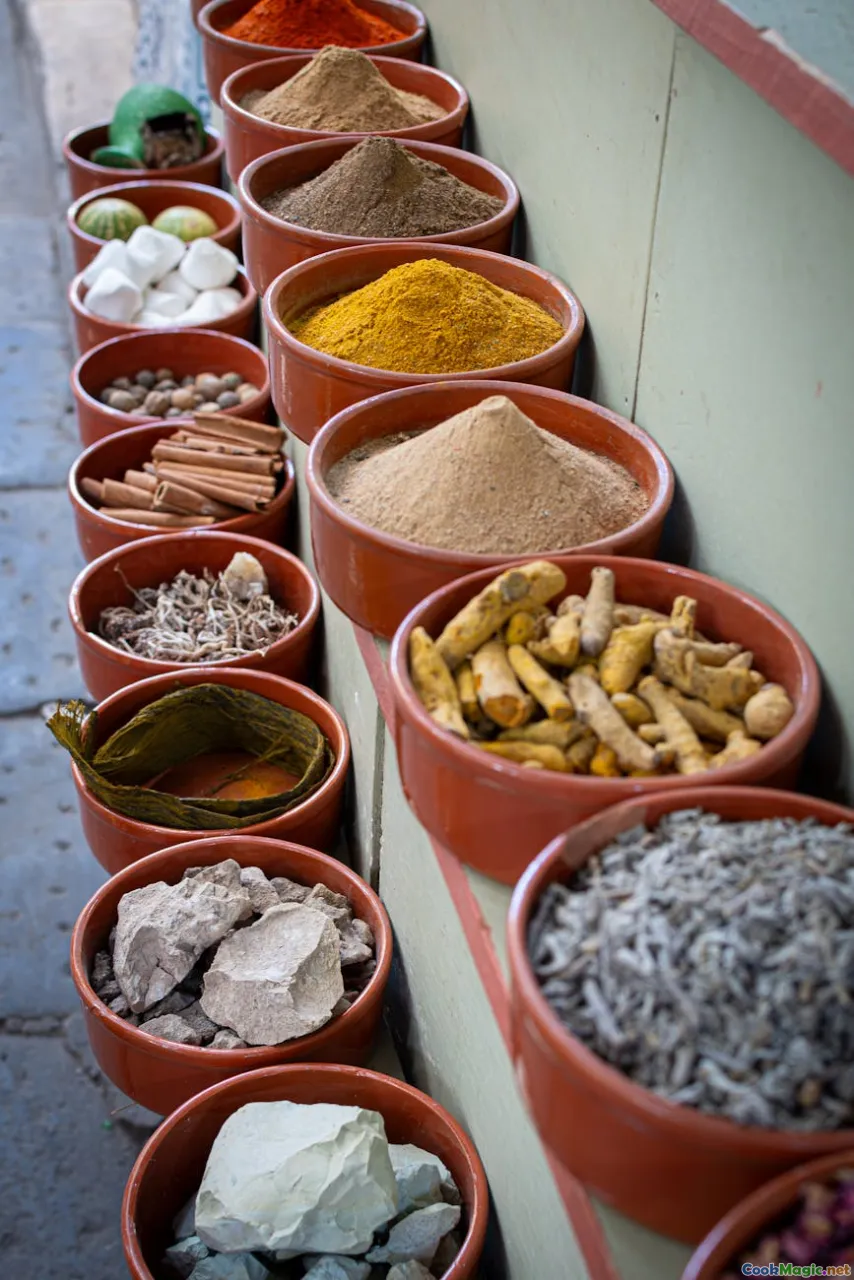Selecting Local Herbs for Authentic Central American Flavors
7 min read Discover how choosing the right local herbs elevates Central American dishes, blending tradition, aroma, and vibrant flavors in every bite. April 19, 2025 23:00
Selecting Local Herbs for Authentic Central American Flavors
Imagine walking through a bustling Central American marketplace at dawn, the air thick with the scent of fresh herbs, ripe fruits, and roasted coffee. Each stall brims with colors, textures, and aromas that tell stories of centuries-old culinary traditions. It’s here, amidst vibrant displays of greenery, that the secret to unlocking the true essence of Central American cuisine lies — in the herbs that define its character.
The Heart of Central American Flavors: An Herbal Heritage
Central American cuisine is a tapestry woven from indigenous ingredients, Spanish influences, African roots, and mestizo innovations. At its core are herbs — humble yet powerful elements that elevate dishes from simple sustenance to sensory experiences. These herbs are more than flavorings; they embody cultural identity, history, and the land itself.
From the fragrant culantroof Belize to the aromaticrecaoof Honduras, each herb carries a story. Their leaves, stems, and seeds are carefully selected, cultivated, and handed down through generations, forming the backbone of traditional dishes liketamales, sopa de pollo, and gallo pinto.
Cultivating a Connection: The Cultural Significance of Herbs
In many Central American villages, herbs are more than ingredients — they’re part of daily life, spiritual beliefs, and communal practices. For example, in Guatemala, hoja santa (also called pepper leaf) is used not only for its flavor but also in spiritual cleansing rituals. Harvested with respect and reverence, these herbs connect communities to their ancestors and the land.
Personal stories often reveal a deep emotional bond with herbs. I remember visiting a family in Nicaragua, where the grandmother handed me a handful of freshly picked cilantro and whispered about its importance in their family recipes. It wasn’t just about taste; it was about preserving a legacy.
Identifying and Selecting Authentic Local Herbs
1. Recognizing Freshness and Quality
The first step in selecting authentic herbs is understanding what freshness looks and smells like. Fresh herbs should have vibrant, green leaves that are free from yellowing or wilting. Their aroma should be pungent, lively, and unmistakably herbaceous.
2. Knowing the Native Varieties
While some herbs are widely available globally, Central American cuisine relies on specific local varieties. For example:
- Culantro (Eryngium foetidum): Often mistaken for cilantro, culantro has a stronger, more pungent aroma, with serrated leaves that resemble large mint.
- Recao (Eryngium petiolatum): A staple in Honduran and Nicaraguan cooking, this herb adds depth to stews and rice dishes.
- Hoja Santa (Piper auritum): A large, heart-shaped leaf with a unique aroma reminiscent of anise and eucalyptus.
- Verdolaga (Portulaca oleracea): A succulent herb used in salads and soups, valued for its slightly sour taste.
3. Sourcing from Trusted Vendors
Whenever possible, buy herbs directly from local farmers or markets. This not only guarantees freshness but also supports sustainable agriculture. Visiting local markets also offers the chance to learn from vendors, who often share stories about their herbs’ origins and best uses.
4. Growing Your Own
For the passionate home cook, cultivating these herbs in your garden or pots can be immensely rewarding. Many Central American herbs thrive in warm, humid climates, making them accessible even in non-native regions with a little care.
Cooking with Authentic Herbs: Techniques and Tips
1. Gentle Incorporation
Herbs like recao and hoja santa are delicate and should be added early in cooking to release their flavors, but not so early that they lose their aroma. Conversely, herbs like cilantro are best added at the end for a fresh burst.
2. Infusion and Garnishing
Some herbs, particularly hoja santa and culantro, lend themselves well to infusion — added to broths, sauces, or rice dishes to impart their essence. Freshly chopped herbs also make vibrant garnishes that elevate the visual and aromatic appeal.
3. Preservation
In regions where herbs are seasonal or scarce, drying or freezing is common. Drying herbs in the shade preserves their oils and flavor, while freezing retains their freshness for future use.
Personal Reflections: Celebrating Local Flavors
In my culinary explorations, nothing compares to the thrill of discovering a local market and selecting herbs directly from the source. It’s a ritual that deepens my appreciation for Central American cuisine — understanding that each herb is a link to tradition, land, and community.
Cooking with these herbs is a sensory journey. The pungent aroma of culantro awakens the senses, while the sweet, anise-like scent of hoja santa transports you to a tropical garden. Incorporating these ingredients authentically honors the cuisine and provides a genuine taste experience.
Final Thoughts: Embrace the Land’s Bounty
Choosing the right local herbs is more than a culinary step; it’s a cultural act. It’s about respecting tradition, supporting local farmers, and savoring the true flavors that define Central American cuisine. So next time you’re in the kitchen, seek out those fragrant leaves, stems, and seeds that carry the spirit of the land — and let your dishes tell stories as rich as the culture they come from.
Embark on this herbal journey and transform your cooking into an authentic Central American celebration, one fresh leaf at a time.









